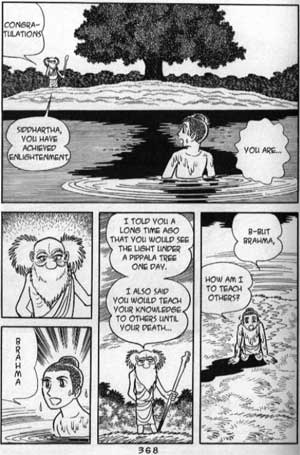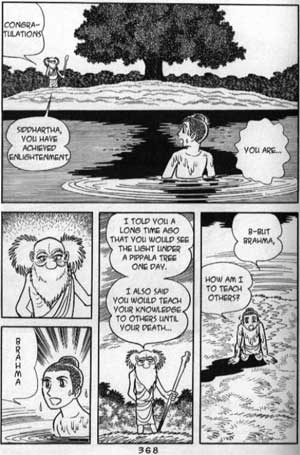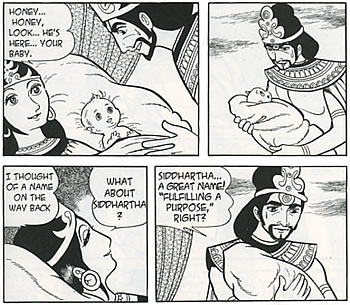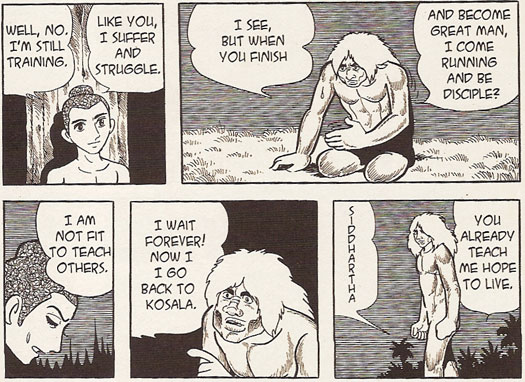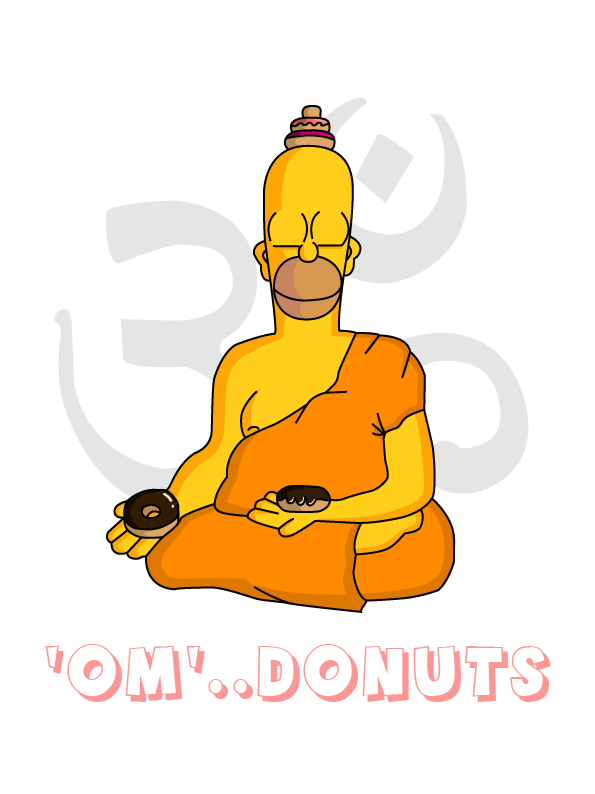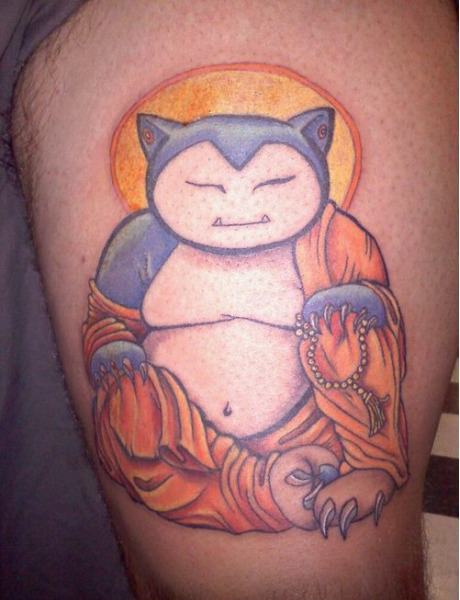Recent Posts
Week 13: Consultation Week
This week, we will be offering consultations for your research paper.
Below are our times for consultations:
Sujatha: ADM 4-20 Monday-Thursday (times differ each day)
(sign up through Google Doc)
https://docs.google.com/spreadsheets/d/1lIXJ_scEexcAsicPvGoC9Hcaqs8ThSLitX6FFmyWZEQ/edit#gid=0
Cleo: B1-13: 9:30 a.m.-12:30 p.m. (all filled) B1-3: 12:45-1:45 p.m. (all filled)
Adeleine: ADM cafe, Wednesday, Read more →
Week 6: Visual Analysis

Sujatha Meegama
Wednesday, Feb 15, 2017 - 02:52:40 pmVISUAL analysis
What is happening in this relief carving? How is power depicted? Who else is in the relief? What is the composition?Week 5: Visual Analysis

Sujatha Meegama
Wednesday, Feb 08, 2017 - 02:56:19 pmThis carving looks like it is on the exterior of the Stupa as it looks naturally lit. What I see is many people congregating around a dome shaped structure. The dome structure looks like it is a Stupa and the people surrounding it seem to be the worshipers. From the many instruments the worshipers are holding, it looks like they are having some kind of celebration around the Stupa. The row of people just below the Stupa look like they are bringing offerings into the Stupa. The top corners of the carvings seem to be occupies by angels instead of people. And just above the Stupa, there seems to be 3 relics. I believe this is representative of the three main gods Shiva, Vishnu and Brahma.
96 Normal 0 false false false EN-GB X-NONE X-NONE /* Style Definitions */ table.MsoNormalTable {mso-style-name:"Table Normal"; mso-tstyle-rowband-size:0; mso-tstyle-colband-size:0; mso-style-noshow:yes; mso-style-priority:99; mso-style-parent:""; mso-padding-alt:0cm 5.4pt 0cm 5.4pt; mso-para-margin:0cm; mso-para-margin-bottom:.0001pt; mso-pagination:widow-orphan; font-size:12.0pt; font-family:Calibri; mso-ascii-font-family:Calibri; mso-ascii-theme-font:minor-latin; mso-hansi-font-family:Calibri; mso-hansi-theme-font:minor-latin; mso-fareast-language:EN-US;}I see a grand stupa in the middle top of the picture. There are eight angels surrounding it at the top can be seen by their wings. All of them are holding something and facing the stupa symbolising that some ritual event is going on. There are two roles of worshippers below the stupa. Some are praying and playing musical instruments while looking up at the stupa. In the middle of the second linear role, a carved human figure is praying and facing directly towards the stupa. His centralised position symbolises his importance. This shows the significance of the stupa and the religious practices.
The most prominent figure in this piece is the dome-like structure in the top middle. The fence below it connects to a gateway in its center, similar to that of a stupa’s entrance. There are three parasols placed on top of it, which may be associated with the three treasures of Buddhism.
The bottom half of the relief also depicts figures facing the dome, in gestures of prayer and presenting offerings. Hence, it is highly likely that the structure is a stupa, since it is a place of worship. Some of the figures are also playing musical instruments such as drums and flutes, which may mean that they are performing a ritual or a celebration. I also noticed that all of them are topless, which reveal their gender to be all males. Furthermore, all of them are also wearing the same design of boots, which hints that they are all from the same tribe or community. It is proposed that these figures originated from a cold country and are hence dressed in winter boots, However, I think this assessment contradicts the fact that they are half naked. Instead, I believe that the boots are part of their attire for the ritual, something like a costume we would wear for a performance.
Beside the stupa, there are the same male figures seemingly approaching it. This may be depicting devotees circumambulating the stupa in worship, since they are holding strung beads or garlands as offerings.
Above them, surrounding the stupa, there are winged figures with bird feet holding the same garlands. They seemed to be in mid-flight and tilting forwards, as if to drape the garland onto the stupa. They might have gotten the garlands from the devotees, and are thus the messengers between humans and the Buddha. This may depict the spiritual world or heaven, since they are unnatural and placed on the top half of the relief.
-
This artwork, ‘North Torana, Stupa I (The Great Stupa)’ made by Saci, Central India, 2-3 Century C.E. is made of sandstone. It is a relief showing devotion at a stupa.
-
The most prominent observation in this picture is the Stupa which centralises the entire composition. The Stupa has a dome like structure. Attempts to make the stupa more 3 dimensional as the fence is curved outwards to create an illusion of roundness. Such attempts can be justified as devotees would have to encircle the stupa in a clockwise direction to make their prayers. The fences surrounding the stupa increase in size from the top to the bottom row. This layering creates the illusion of depth and the large size of the stupa juxtaposed to the subject figures. On the top of the stupa lies 3 parasols, which may be referred to as the triple gems: the Buddha, the Dharma (teachings) and the Sangha.
-
The stupa is the representation of the presence of Buddha, as the relics of Buddha lies within the stupa and Buddha was not depicted in a human form.
-
On the upper half of the artwork, there are winged subject figures which are half bird and half human on either sides of the stupa. Their body are positioned in a way that they are facing towards the stupa, thus creating slight linear perspective. The winged creatures are known as Kinnara, a symbol in Buddhist and Hindu mythology, believed to "watch over" the well-being of humanity during tumultuous times. The Kinara is a symbol in Hindu mythology, believed to represent love, devotion, enlightenment and longevity, something held to be important by many people. It was believed that it was included in this relief as a form of auspicious motif to draw people to convert to Buddhism. They are also holding onto what it seems to be like a garland or strung beads as decorations or as offerings.
-
Moving down, there are several more subject figures standing directly below the stupa. It may be suggested that the subject figures are devotees as their hands are clasped together in a praying Namaste position . / anjali mudra (worship), and their body posture is positioned in a way that they are facing the stupa. In addition, there is a figure directly at the centre, in front of the entrance of the stupa has his back facing the viewers. The artist seem to have placed that back facing figure in the centre to act as a central vertical axis, that ensures equal number of people on each side of the stupa to create balance.
-
At the base, the subject figures are holding musical instruments (drums, and their flutes). Their garment is significantly different from the Kinnaras and the subject figures below the stupa. It may be suggested that these subject figures are foreigners from cold countries as they are wearing boots, or that boots are part of the celebratory event costume.
- Positioning of the half bird half human figures with wings on the top half of the artwork, and the worshippers on the bottom half, beneath the stupa establishes a form of heavenly divide.
- However, all of the subject figures regardless of angels or mere mortals come together to worship the stupa, which holds the enlightened Buddha’s relics.
Week 5: Made in China!
Sujatha Meegama
Wednesday, Feb 08, 2017 - 01:36:26 pmWhat do you have with you today that is “made in China?”
 My iPhone. Designed by Apple in California. Assembled in China.
My iPhone. Designed by Apple in California. Assembled in China. My pair of earphones are made in China. The Vsonic VSD3s.[/caption]
My pair of earphones are made in China. The Vsonic VSD3s.[/caption]Find a comic book, an animation, or a cartoon about the Life of the Buddha--why do you like it?

Sujatha Meegama
Wednesday, Jan 11, 2017 - 02:46:37 pm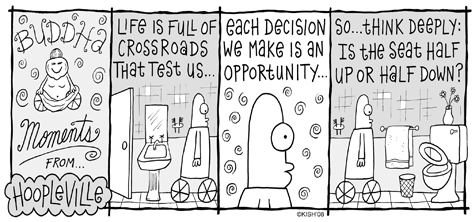 Funny Buddhist philosphy[/caption]
Funny Buddhist philosphy[/caption] This book (along with many other historical figure biographies in the series) was one of my few favourite reads when I was younger. I really like the illustration style and the simple storyline that was broken down to be much more understandable for children.
(Not sure if there is an English version of it, I can only find the Indonesian version I was familiar with.)
This book (along with many other historical figure biographies in the series) was one of my few favourite reads when I was younger. I really like the illustration style and the simple storyline that was broken down to be much more understandable for children.
(Not sure if there is an English version of it, I can only find the Indonesian version I was familiar with.) Saint Young Men
It is a hilarious comedic anime between Buddha and Jesus.
Saint Young Men
It is a hilarious comedic anime between Buddha and Jesus.
 Summarises the life of Buddha through 3 key scenes.[/caption]
Summarises the life of Buddha through 3 key scenes.[/caption]
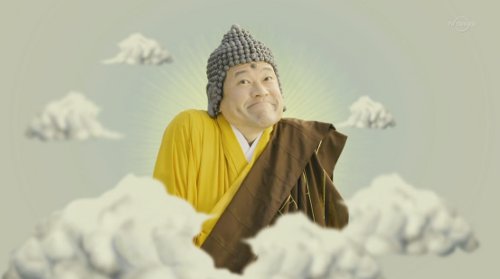
 I like this because it's a clear and understandable comic on the teachings of Buddha for anyone who knows or might not know about the religion.
I like this because it's a clear and understandable comic on the teachings of Buddha for anyone who knows or might not know about the religion. Simple and straightforward explanation of the life of the Buddha[/caption]
Simple and straightforward explanation of the life of the Buddha[/caption]
 A wholesome summary of everything that we learnt today in a short comic.
A wholesome summary of everything that we learnt today in a short comic. Buddha practicing austerities[/caption]
I like this image because it portrays the buddha as human, before he gained enlightenment. it shows the buddha as his most frail
Buddha practicing austerities[/caption]
I like this image because it portrays the buddha as human, before he gained enlightenment. it shows the buddha as his most frail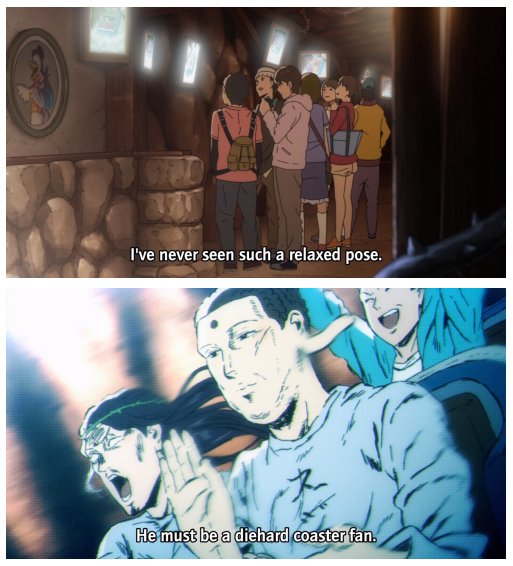 I like this because it depicts Buddha in a funny yet somewhat accurate way.[/caption]
I like this because it depicts Buddha in a funny yet somewhat accurate way.[/caption] I like this image as it is a good summary of Buddha's life. The strip shows the birth, enlightenment (nirvana), giving sermons and discourse to the sangha and also the death or cessation of suffering.
I like this image as it is a good summary of Buddha's life. The strip shows the birth, enlightenment (nirvana), giving sermons and discourse to the sangha and also the death or cessation of suffering. I think this comic strip is interesting because it illustrates Buddha's path to enlightenment in a visually pleasing way.
I think this comic strip is interesting because it illustrates Buddha's path to enlightenment in a visually pleasing way. I like how this image portrayed a facet of Buddha's character and how he is a person who doesnt obsess over material things.[/caption]
I like how this image portrayed a facet of Buddha's character and how he is a person who doesnt obsess over material things.[/caption] It's cute and relevant.
It's cute and relevant. I find that the way it is being illustrayed can be humorous but the way the Buddha is portrayed is quite realistic and treated like a prince as it is not disficured and it even has a halo around the head.
I find that the way it is being illustrayed can be humorous but the way the Buddha is portrayed is quite realistic and treated like a prince as it is not disficured and it even has a halo around the head. Breathe through life's ups and downs.[/caption]
Breathe through life's ups and downs.[/caption] from saiyuki gaiden
from saiyuki gaiden
 This simple comic strip illustrates quite clearly the travels of the Buddha and his departure from the safety of the palace into the relative dangers of the outside world, beginning his ascetic life.
This simple comic strip illustrates quite clearly the travels of the Buddha and his departure from the safety of the palace into the relative dangers of the outside world, beginning his ascetic life. Another One[/caption]
Another One[/caption]
 http://www.tsemrinpoche.com/tsem-tulku-rinpoche/buddhas-dharma/buddha-shakyamuni-comic-book.html
This is a longer comic with better comic book format.
http://www.tsemrinpoche.com/tsem-tulku-rinpoche/buddhas-dharma/buddha-shakyamuni-comic-book.html
This is a longer comic with better comic book format. A humorous depiction of the dichotomy between two opposing world views[/caption]
A humorous depiction of the dichotomy between two opposing world views[/caption]
 mind free from cravings and desires[/caption]
I like this image as it reminds us how this world is filled with temptations that are out to distract us.
mind free from cravings and desires[/caption]
I like this image as it reminds us how this world is filled with temptations that are out to distract us. I like this.. because its funny. Kthxbye.
I like this.. because its funny. Kthxbye.
 My link was broken just now oops. Quirky way of describing one of Buddha's believes.
My link was broken just now oops. Quirky way of describing one of Buddha's believes. because it's funny[/caption]
because it's funny[/caption]
 Illustrates entire timeline of the Buddha.
Illustrates entire timeline of the Buddha. Because Jesus was popular last sem, so it's Buddha's sem this month.[/caption]
Because Jesus was popular last sem, so it's Buddha's sem this month.[/caption]
 Buddhist life goals[/caption]
Buddhist life goals[/caption] Dharma The Cat[/caption]
This comic series uses the lines reproduced from the words of the Life of Buddha, and twists it to a form where people will follow them with additional constraints.
It is much easier to understand the beliefs when there is some comic relief.
Dharma The Cat[/caption]
This comic series uses the lines reproduced from the words of the Life of Buddha, and twists it to a form where people will follow them with additional constraints.
It is much easier to understand the beliefs when there is some comic relief. This comic book explores Buddha's life in three phases: the Prince, the Monk, and the Enlightened Buddha."
This comic book explores Buddha's life in three phases: the Prince, the Monk, and the Enlightened Buddha."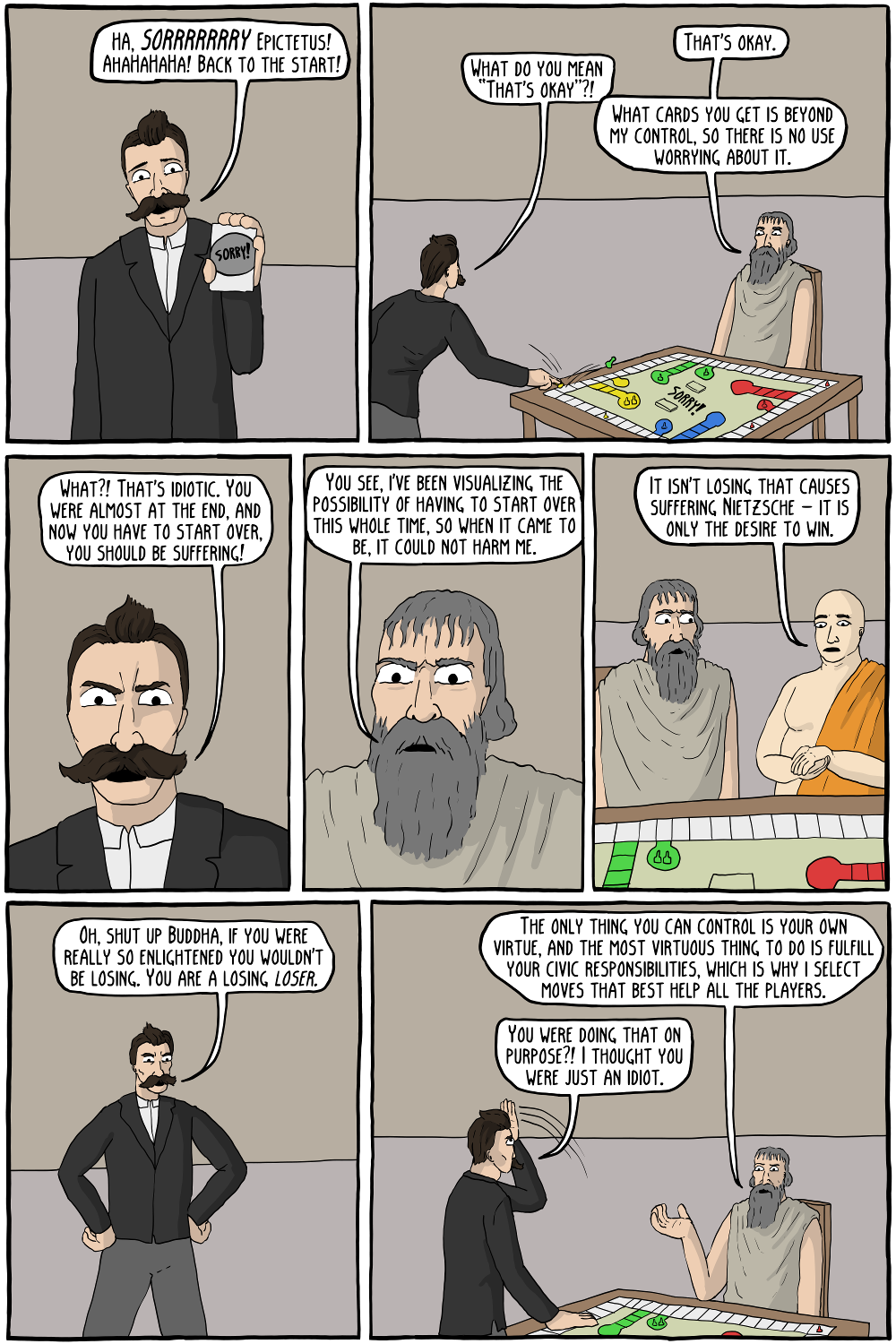
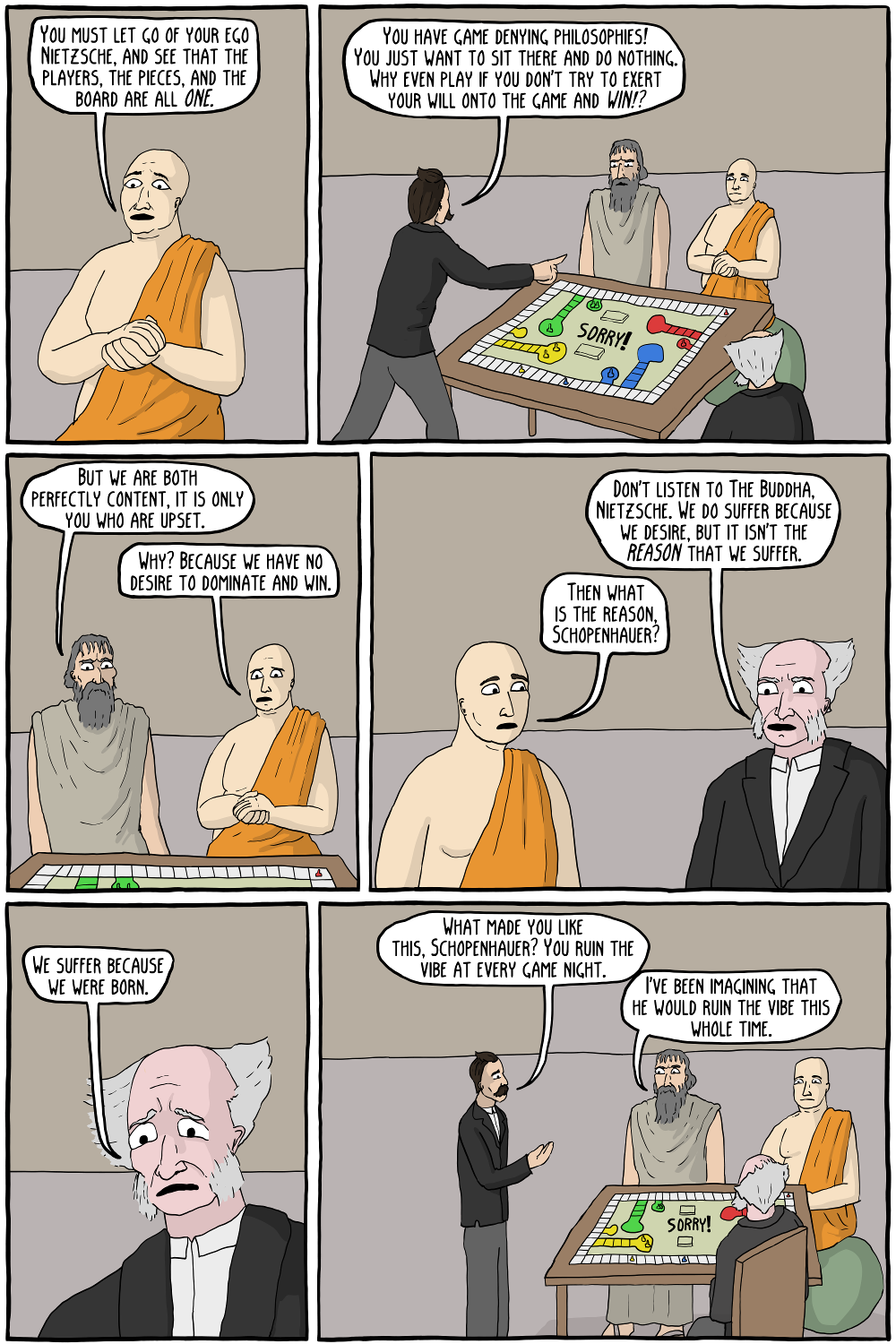 I like how it shows the difference of Buddha's ways of thinking to the other people of the world in quite a humorous way :)
I like how it shows the difference of Buddha's ways of thinking to the other people of the world in quite a humorous way :) Be zen[/caption]
Be zen[/caption]
 A comic strip about Buddhism, and not exactly on the life of Buddha. I like this form of visual representation as the form of portrayal captures the viewer's attention as irony and expressive drawings are used. Hence, making this form of visual representation more impressionable to readers.
A comic strip about Buddhism, and not exactly on the life of Buddha. I like this form of visual representation as the form of portrayal captures the viewer's attention as irony and expressive drawings are used. Hence, making this form of visual representation more impressionable to readers. Saint Young Men is an interesting slice-of-life take on a cartoon version of how everyday life is in modern times when Buddha goes on a touring journey in life with Jesus. ^^[/caption]
Saint Young Men is an interesting slice-of-life take on a cartoon version of how everyday life is in modern times when Buddha goes on a touring journey in life with Jesus. ^^[/caption] I think it depicted the part of the story about Buddha's mother dreaming and how she gave birth to him. It was personally quite shocking to learn that dreaming about elephants when you're pregnant is something auspicious(?). In any case, I found it quite interesting how the "face of religion" are being given birthed to from women who had dreams about it.
I think it depicted the part of the story about Buddha's mother dreaming and how she gave birth to him. It was personally quite shocking to learn that dreaming about elephants when you're pregnant is something auspicious(?). In any case, I found it quite interesting how the "face of religion" are being given birthed to from women who had dreams about it. This pretty much sums up Buddha's life.
This pretty much sums up Buddha's life. I like it because it is rather inspirational. cheers !
I like it because it is rather inspirational. cheers ! I like it because it is very inspiring. It's a simple quote that everyone can understand and learn something out of it.
I like it because it is very inspiring. It's a simple quote that everyone can understand and learn something out of it. I like this because, well- I made it. Beyond the fact that it is about a movie, this image and the quote speaks about contentment and "just being".
The dude abides.
I like this because, well- I made it. Beyond the fact that it is about a movie, this image and the quote speaks about contentment and "just being".
The dude abides. Buddha's way of life in a tongue-in-cheek manner.
Buddha's way of life in a tongue-in-cheek manner.




